What's New
STAY UP TO DATE ON THE WORLD OF WATERFOWL HUNTING
Delta is your source for up-to-date news, podcasts, hunting strategies, recipes, duck dog stories, and hunting gear.
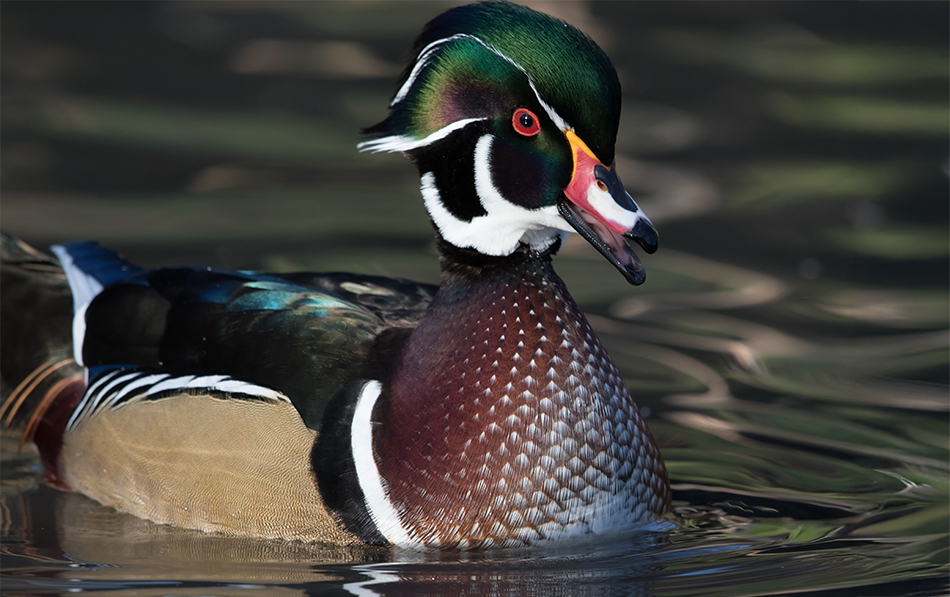
Wood Ducks on Purpose
10/8/2025
A focused approach to wood ducks demands tactics as unique as the birds
Read more

Delta Waterfowl Policy Work Helps Expand Sunday Hu...
10/6/2025
The Duck Hunters Organization™ advocated for regulatory changes that greatly increase opportunities for hunters
Read more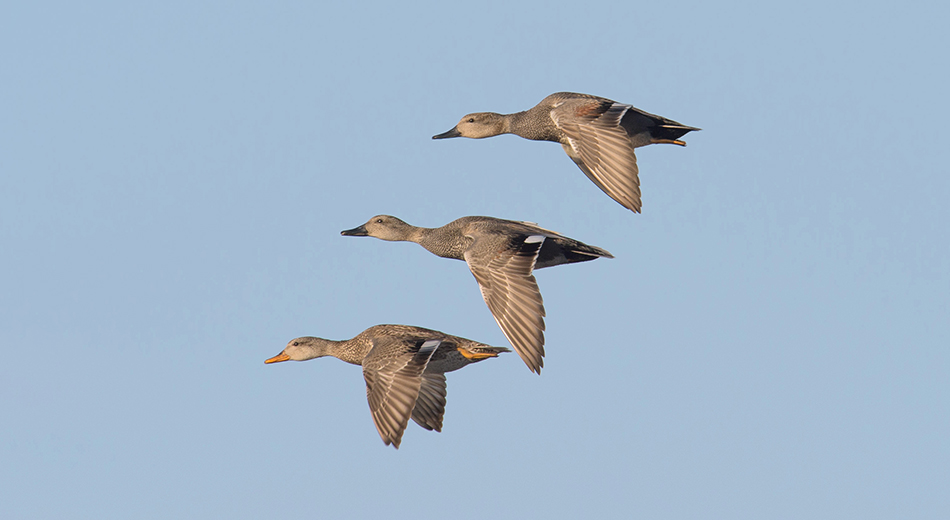
Home Sweet Homing
10/1/2025
Ducks retrace a successful route to enhance their odds of surviving and reproducing
Read more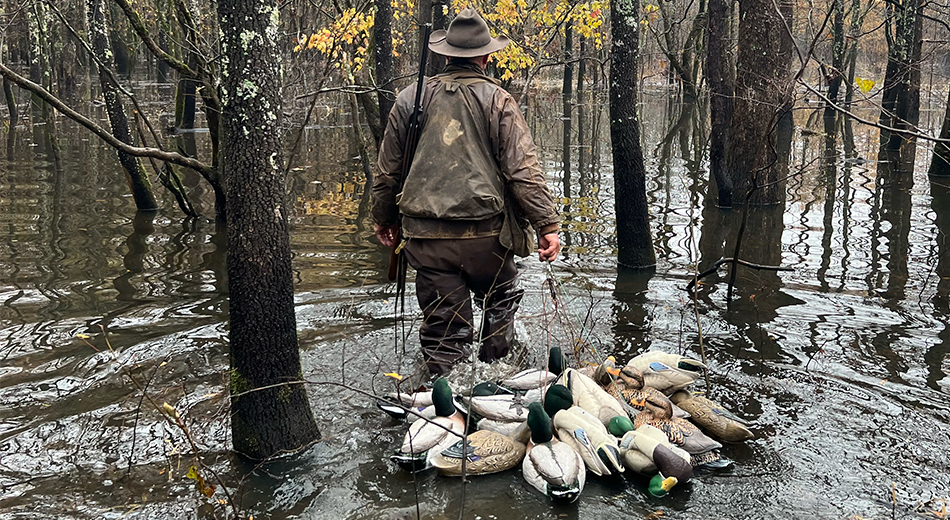
Delta Waterfowl Urges Swift Action to Keep U.S. Go...
9/30/2025
Access to federal public lands is important for many waterfowl hunters
Read more
‘May I Hunt Your Land?’
9/26/2025
Gaining access to private ground takes luck, guts, and strategy
Read more

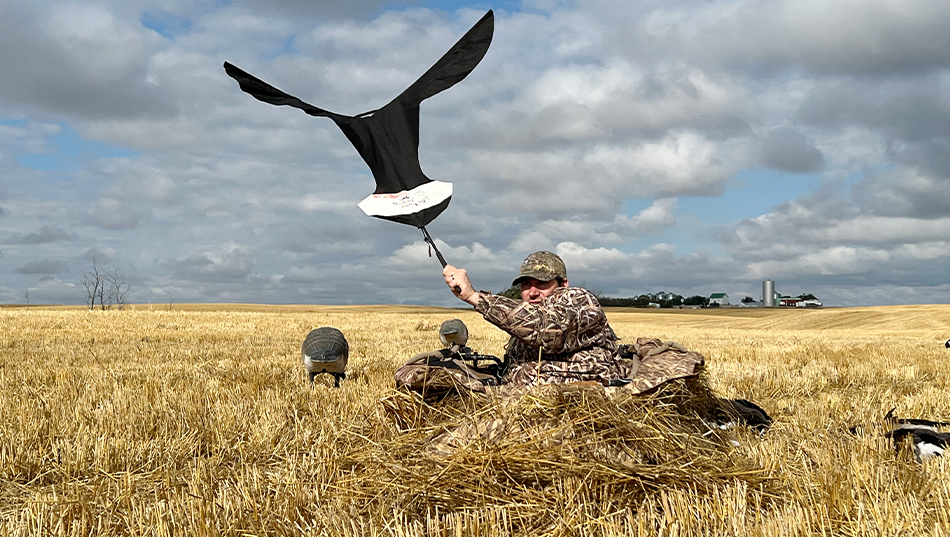
Delta Waterfowl Joins Forces to Launch Canadian Wi...
9/23/2025
Coalition will defend science-based wildlife management and protect the rights of hunters and trappers
Read more
Delta Waterfowl CEO Represents Duck Hunters at the...
9/19/2025
Delta’s Jason Tharpe met with Interior Secretary Doug Burgum during a conservation leadership forum on federal land management strategies
Read more
Delta Waterfowl Receives Grant for Habitat Conserv...
9/19/2025
Generous support will advance Delta’s policy efforts to keep at-risk shallow wetlands from being drained.
Read more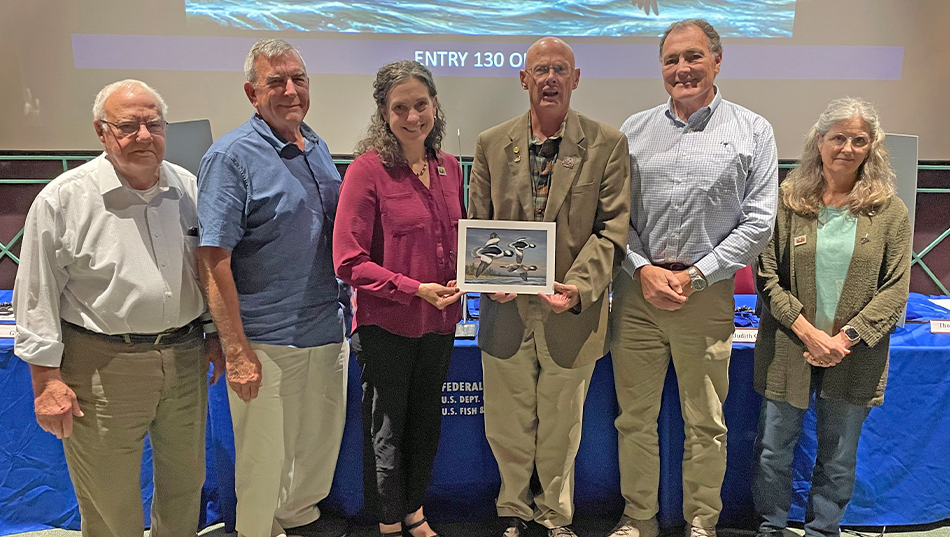
Delta Congratulates James Hautman on 2025 Federal ...
9/19/2025
The Federal Migratory Bird Hunting and Conservation Stamp has generated more than $1.3 billion for conservation since 1934
Read more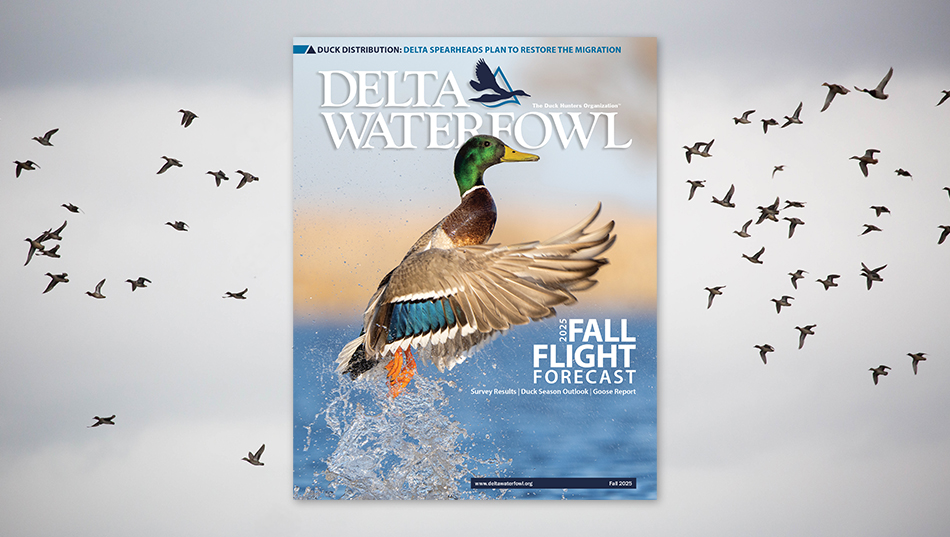
Delta Waterfowl’s Fall Issue Forecasts Duck Flight...
9/18/2025
“The ducks just don’t migrate like they used to,” is a phrase that’s been uttered frequently in recent seasons. You may have even said it yourself. And at
Read more
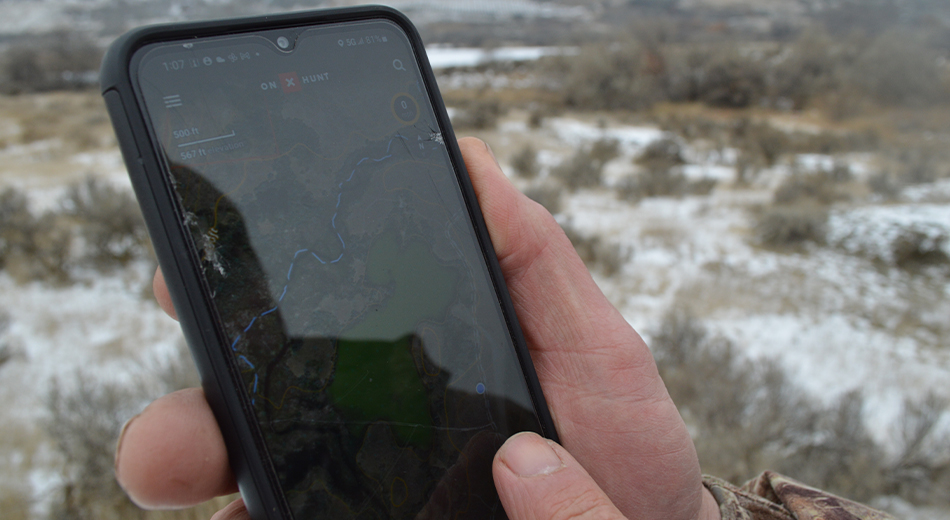
Get Involved
Check out all our upcoming events for a chance to connect with local duck hunters
